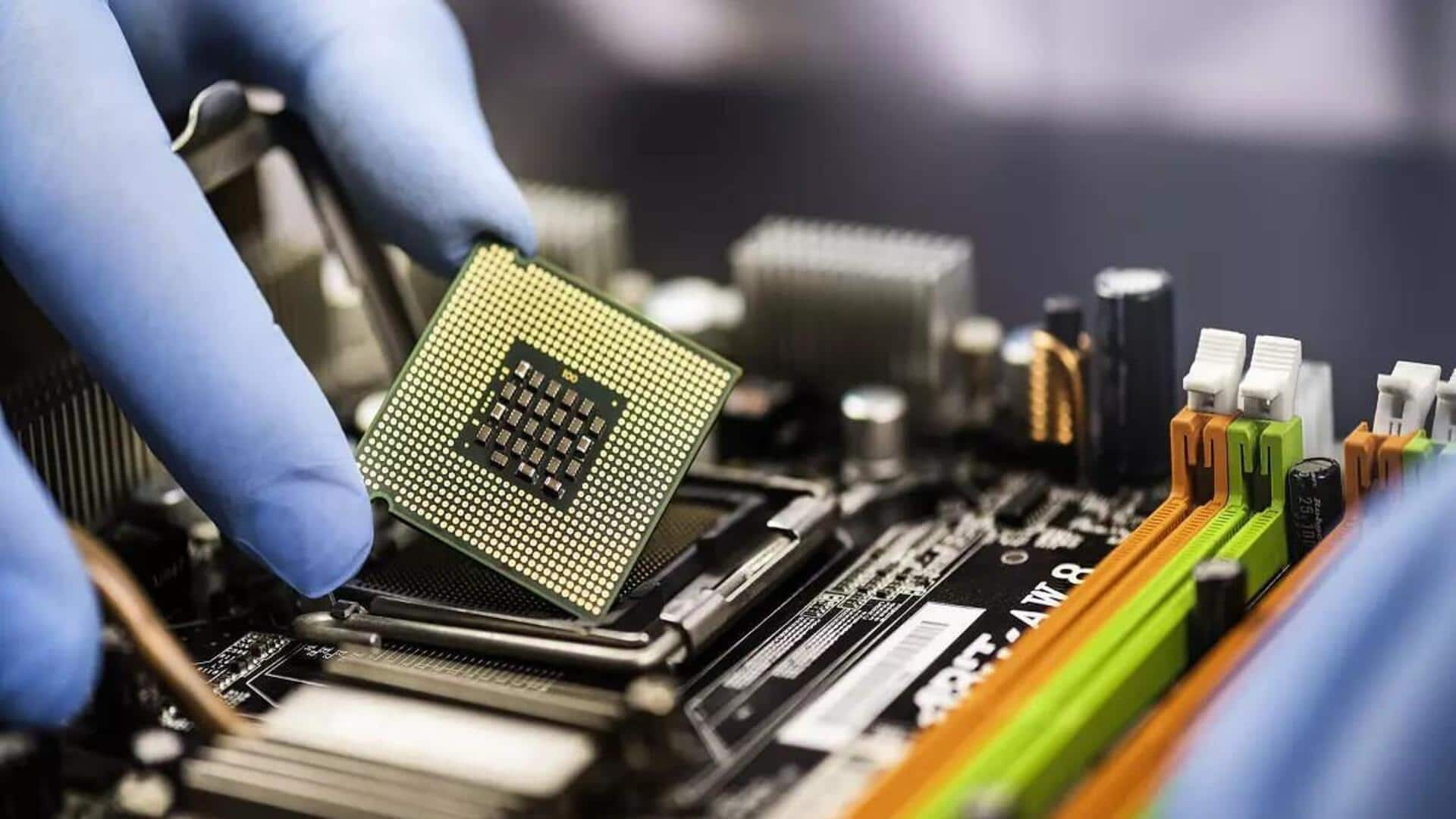
India could soon develop cutting-edge chips using new-generation semiconductor materials
What's the story
A group of 30 scientists from the Indian Institute of Science (IISc) has pitched a project to the government, one that would involve the creation of 'angstrom-scale' chips.
They would be much smaller than any chips in production today.
The proposal calls for a new class of semiconductor materials called 2D Materials, which could theoretically enable chip sizes one-10th of today's smallest global production chips.
Chip fabrication
Proposal involves development of 2D semiconductors
As part of the project, the team envisions creating 2D semiconductors with ultra-thin materials like graphene and transition metal dichalcogenides (TMDs).
These materials could allow chip fabrication at an angstrom scale, much smaller than today's nanometer-scale technologies.
The smallest chip in production today is the three-nanometer node, produced by companies like TSMC.
Project support
Ministry of Electronics and IT discussing the proposal
Sources within the MeitY have told PTI that the proposal is under discussion.
An official aware of the matter stated, "MeitY is positive about the project. The Principal Scientific Adviser and Secretary, MeitY, have held meetings on it."
The official added that MeitY is exploring electronics applications where such technology can be deployed.
Funding request
IISc-led proposal requests ₹500 crore for semiconductor tech
The IISc-led proposal seeks a relatively modest ₹500 crore over five years to develop indigenous technology for next-generation semiconductors.
The project also includes a roadmap for self-sustainability after the initial funding phase.
India's largest semiconductor project, on the other hand, involves ₹91,000 crore investment by Tata Electronics in partnership with Taiwan's PSMC under the India Semiconductor Mission and is eligible for 50% capital support from the government.
International investment
Global interest in 2D materials for semiconductor research
Globally, 2D materials have attracted a lot of interest. Europe has invested more than $1 billion, South Korea over $300 million, while countries like China and Japan have made undisclosed investments in 2D material-based semiconductor research.
An officer familiar with these efforts said, "2D materials will be key enablers for future heterogeneous systems."
He also stressed the need to urgently scale India's efforts in this domain to establish leadership before time runs out.